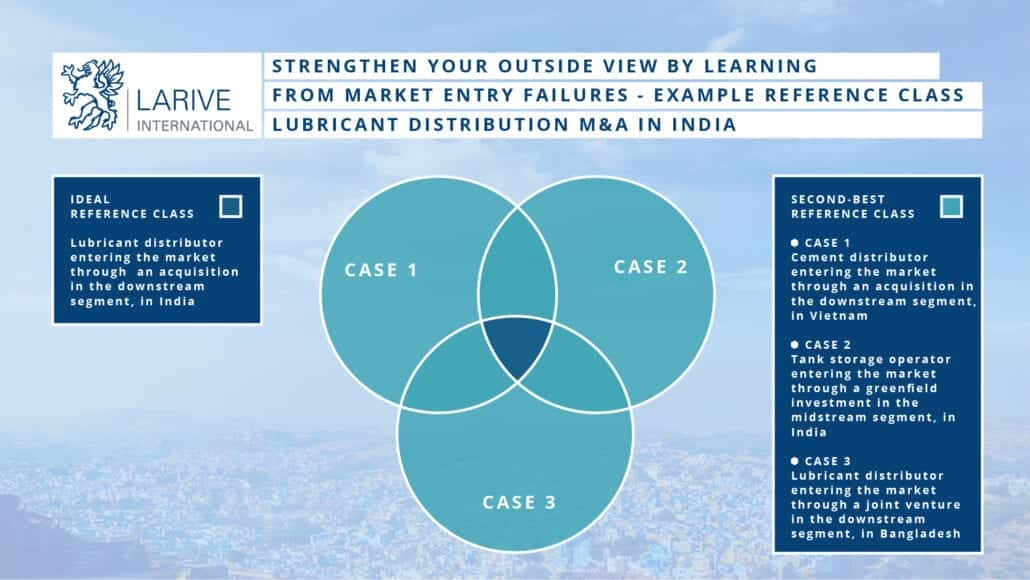Emerging and frontier markets can offer greater returns to investors and corporates but also cater to greater exposure to associated risks due to their inherited nature. To capitalize on the opportunities in these high-growth markets, executives and decision-makers of businesses are trying to understand the determinants and critical factors of market entry by looking at success stories and integrating this into the strategy formulation process. The search for and outcomes of these examples reinforce the belief that they can successfully implement this into their own strategic moves, not knowing they could be subject to a confirmation bias. This approach puts businesses at risk and is from an epistemological perspective incomplete for two reasons. The first is that the sample of successors is significantly smaller compared to those who have failed, and second, assumed contributing factors are also found in those who have not been able to enter the market. Instead of looking at success stories, we recommend understanding what we call “the cemetery of market entry failures” by applying a reference class approach. The steps are:
- Construct an ideal reference class and a second-best reference class.
- Understand the determinants of market entry failure, for each case.
- Assign a weight factor to each case, based upon the relatedness to the own situation at hand.
An ideal reference class comprises a group of comparable companies with a similar business situation in the very country under scope. A second-best reference class consists of a heterogeneous group of companies with some commonalities to the business situation.
The data from such a sample group of companies provides a more realistic view allowing decision-makers to make relevant inferences and strengthen their outside view in the strategy-making process. For more information, reach out to our Senior strategy consultant Mathijs van Itterzon.




